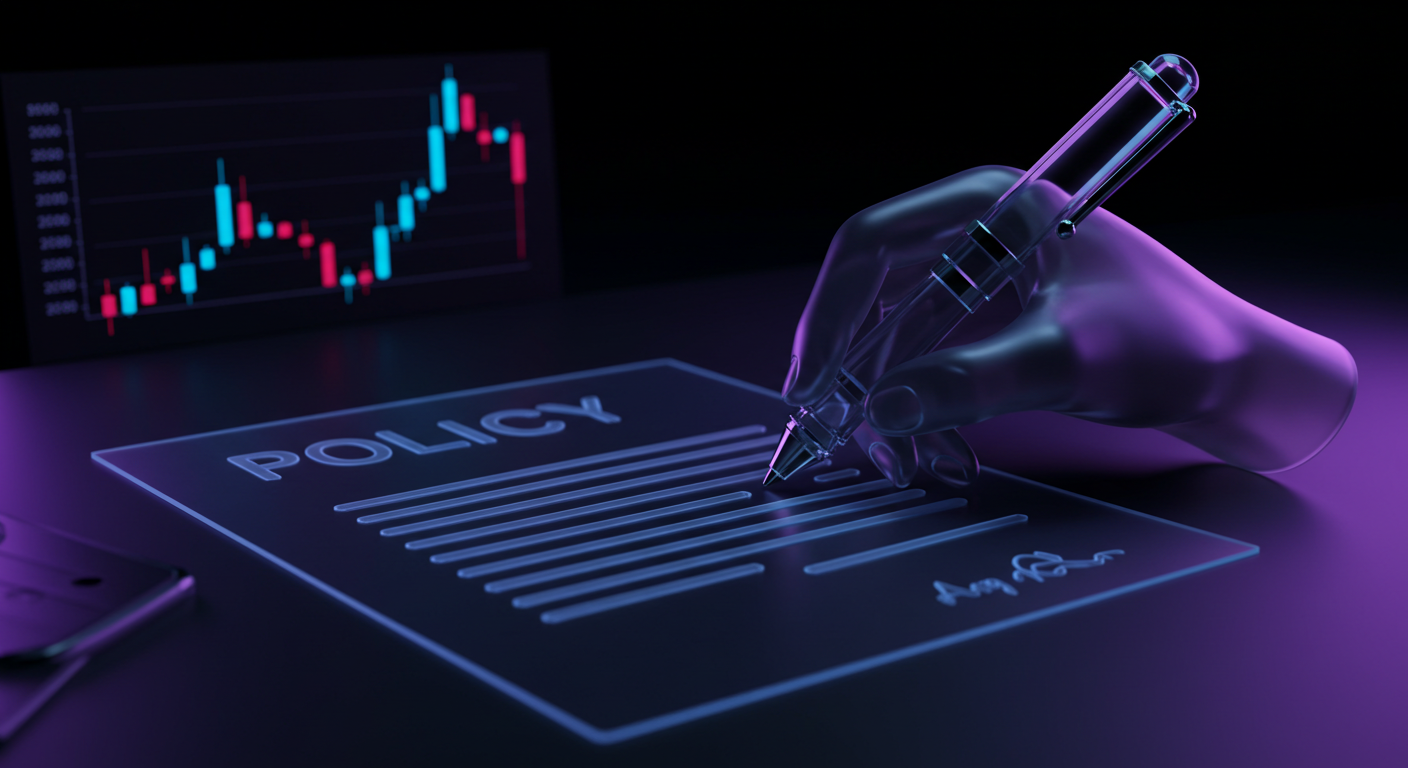
CEOs are engaging with the White House regarding the trade war and its effects on the economy. Concerns have been raised about the potential for stagflation if the tariff conflict continues, particularly with regards to a 5% yield on the 10-year bond.
The White House has communicated to CEOs that there is an intention to shift focus towards a growth agenda and that negotiations with China are ongoing. Discussion also centres on the possibility of tariff rates, with some expressing uncertainty about whether a 10% rate would be sufficient.
Executives Express Concerns
This portion of the article outlines that top executives have been in direct contact with federal officials to express concern over the current path of trade tensions. The main fear voiced is that, if tariffs persist or intensify, the combined effect of slower growth and higher inflation could draw the U.S. economy towards stagflation — a scenario where inflation persists despite stagnant economic performance. This anxiety is not abstract. It’s rooted in the real possibility that a 5% yield on the 10-year bond — traditionally a gauge of long-term economic confidence — may signal pressure building within credit markets.
Though the Administration has attempted to reassure corporate leaders that economic expansion remains a core objective, ambiguity still surrounds trade strategy. Talks with Beijing remain unresolved, and uncertainties swirl around tariff mechanisms. There’s particular doubt as to which thresholds of customs duty rates will achieve policy objectives without stifling demand or dampening business investment. Some view the current level, at or around 10%, as lacking in either bite or predictability.
Given the macroeconomic environment, what we’re seeing now is not just market reaction but an elementary shift in pricing risk. Fixed income traders — and this is where the traditional safe haven assumption begins to falter — are not behaving as though the bond market believes inflation is paused or even half-contained. Elevated yields, rather than reflecting confidence, are indicating expectations of tightening and volatility in credit costs, creating an expensive backdrop for leverage.
We are now observing a marked rise in put interest and tail hedging along interest rate exposure, especially as capital migrates to the short end of the curve. There’s not yet a scramble for cash, but the risk profile across most duration bets makes that a possibility if bond yields inch higher with velocity.
Market Reactions and Risks
A flat to slightly inverted curve, coupled with sticky CPI figures, suggests the path to rate cuts is no longer assumed. There’s almost a soft decoupling between equities holding their levels and fixed income re-pricing risk more conservatively. When spreads begin to widen without a corresponding event trigger, the inference is that investors expect something to revalue — not in days, but likely in a matter of weeks.
From our side, posture needs adjusting. Leveraged positions tied too closely to rate assumptions must be reduced or hedged more aggressively. Volatility would not need a policy announcement to reprice; range compression in rates implies less tolerance for surprise. As the market judges growth prospects against inflation fears, instruments that rely on smooth carry will underperform without notice.
In this kind of cycle, swaps desks are increasingly nervous, and forward rate agreements are already pricing in more kink than comfort. We’ve noticed a rise in demand for shorter expiries with wider bands, particularly surrounding Fed announcements and any signs of CPI stickiness. That’s not position-taking, but rather a tell — a sign that more desks are leaning into uncertainty instead of away from it.
Thus, from where we stand, risk profiles must favour asymmetry for the next fortnight. Trades that assume mean-reversion should be avoided. Too much unknown is being priced-in via options rather than futures. That tells us everything we need to know about institutional bias right now.







